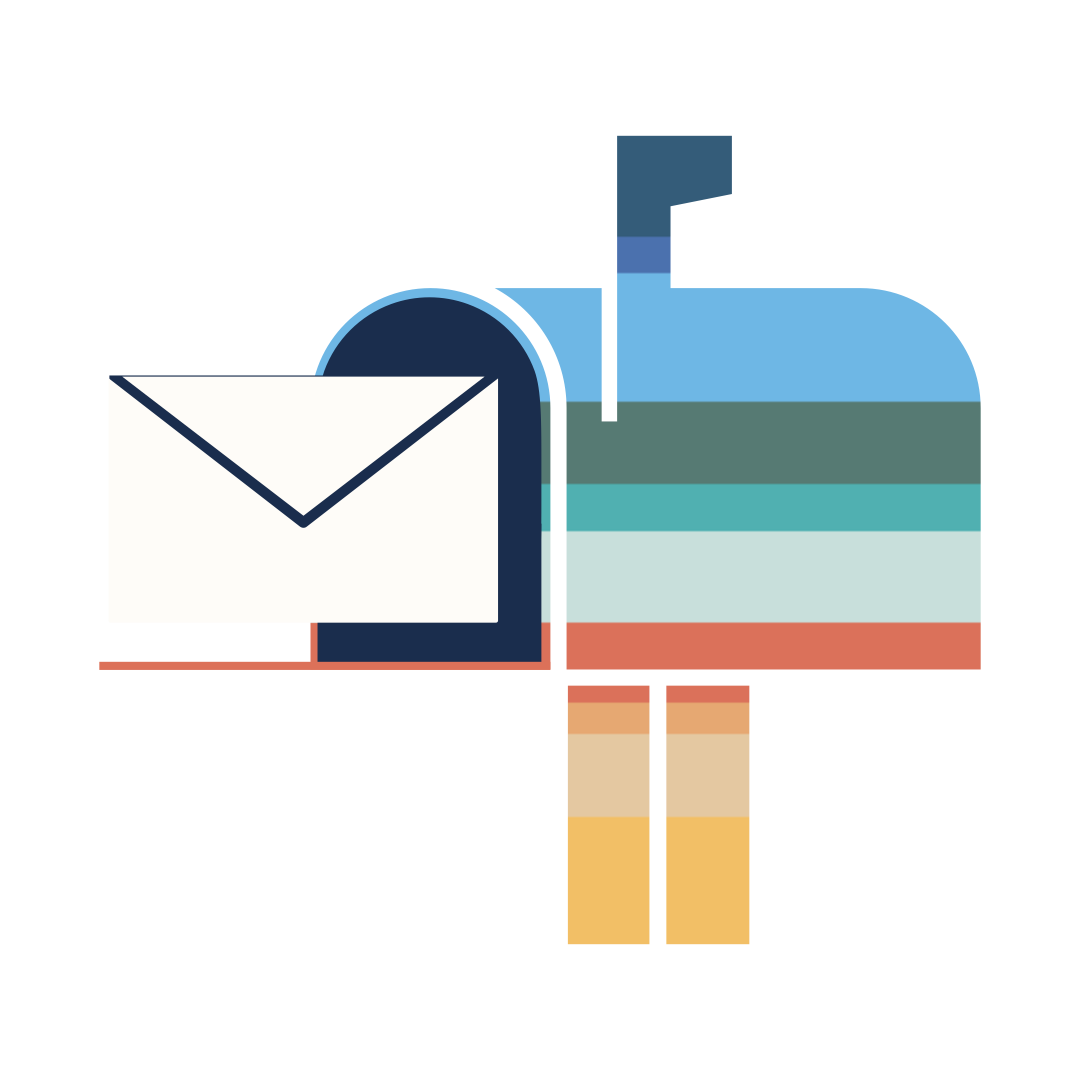Artificial Intelligence (AI) is an exciting new frontier impacting the future of how we work. It has transcended its role as a mere buzzword and has become an invaluable tool that professionals across various industries can leverage to streamline operations, enhance decision-making, and drive meaningful progress. In this post, we explore two primary applications of AI:
- Generative AI – is capable of generating text, images, or other media. Generative AI tools leverage a large language model (LLM) to perform. A LLM is a computer algorithm that can summarize, generate, and predict new content. ChatGPT, Bard, and Claude are all examples of Generative AI tools.
- Predictive AI – uses statistical models and machine learning algorithms to identify patterns and relationships in data sets to draw inferences and suggest outcomes. Some cool tools in HR that use predictive analytics are Visier, Crunchr, and OneModel.
This newly accessible collaboration between humans and machines offers opportunities for increased efficiency, productivity, and innovation. In this dynamic environment, harnessing AI's capabilities is no longer a choice but a strategic imperative for those looking to stay competitive, agile, and at the forefront of their respective fields.
So how can Artificial Intelligence be leveraged in HR?
1. Automation
Automation of routine, repetitive, and mundane tasks so that the human capital within our organization can focus on more creative and strategic work.
- Preliminary screening of resumes to identify the most qualified candidates
- Drafting job descriptions
- Creating organizational announcements, emails, and newsletters
- Generating meeting agendas
2. Data Analysis
Analysis of substantial amounts of data to provide valuable insights for informed decision making.
- Employee feedback surveys
- Prediction of employees at risk of leaving
- Performance insights for driving rewards and promotions support
- Review of total rewards against market comparisons
- Assess workforce trends and plan for future staffing needs
- Customized onboarding
- Tailored training based on skills gaps and career goals
- Designed benefit packages for specific needs or preferences of employees
- Chatbots to answer frequently asked questions
- Virtual assistants to compile information, policies, and guidelines for employees and new hires
- Facilitation of self-service portals to update personal information, request time off, and retrieve tax documents and paystubs
- Simplifying complex documents (like summary benefit coverage) for better employee understanding
What are the benefits of using AI in the workplace?
Incorporating artificial intelligence (AI) into the workplace offers a multitude of benefits for employees and businesses alike. One of the most significant advantages is the increased efficiency that AI brings to the table. It can execute tasks with unparalleled speed and accuracy, leading to heightened productivity and substantial cost savings for companies.
Moreover, the integration of AI not only replaces certain job roles but also spawns entirely new opportunities in AI development, maintenance, and oversight. In this way, it isn't merely a disruptor but also a creator of employment, providing a dynamic shift in the job market landscape.
Another compelling aspect is AI's ability to improve decision-making processes. By swiftly processing and analyzing vast amounts of data, AI informs decision-makers with invaluable insights, promoting more data-driven choices within organizations. AI also enhances the creative potential of employees. With AI adeptly handling repetitive tasks, human workers can divert their focus towards more creative and strategic aspects of their work, making way for innovation and creative problem-solving.
Furthermore, AI plays a crucial role in fostering work-life balance. By automating repetitive tasks, it lightens the workload burden on employees, potentially leading to an improved work-life balance and enhanced job satisfaction. In this way, AI in the workplace isn't just about improving business outcomes but also about positively impacting the lives of those who contribute to its success.
When to Avoid Using AI at Work:
Incorporating AI into the workplace requires careful consideration and a shared responsibility among the executive leadership team. While AI offers numerous advantages, there are situations where it may not be the best choice. Here are some factors to keep in mind when deciding how and when to use AI:
- Decision Making: AI can be susceptible to bias, and its reliability and accuracy may vary. It's essential to scrutinize its performance and address potential biases to ensure that AI-driven decisions align with the organization's values and objectives.
- Innovation and Creativity: While AI can enhance productivity, it should complement, not replace, human creativity and innovation. Over-reliance on AI may hinder the generation of novel ideas and solutions.
- Transparency and Explainability: AI systems can be complex, making it essential to understand and explain their decision-making processes. A commitment to transparency ensures that AI doesn't operate as a "black box."
- Human Touch and Empathy: AI excels at many tasks, but it lacks human empathy and emotional intelligence. Consider where human interaction is vital and how AI can complement, rather than replace, these elements.
- Regulatory Compliance: It's critical to ensure that AI systems adhere to relevant laws and regulations. This includes data privacy, discrimination, and industry-specific compliance requirements.
How to Effectively Manage and Monitor the Use of AI at Your Organization
To effectively manage the use of AI within an organization, consider implementing an internal committee dedicated to AI governance and quality review. This committee can oversee AI-related decisions, monitor performance, and ensure alignment with organizational values.
When dealing with proprietary data, access to company-specific resources is crucial. Protect sensitive information and ensure that AI applications respect data privacy and security requirements.
Also, it's important to recognize that AI systems, like ChatGPT, are continuously evolving and learning. Many AI vendors are learning alongside organizations that adopt AI technology. To get the best results, choose vendors with specialized, domain-specific expertise, as AI often performs better when it's specialized rather than trying to cover a broad range of tasks.
When crafting prompts for generative AI, ensure they are specific, precise, positive (use affirmative language rather than negations), and consider making them ongoing or experimental to foster continuous learning and improvement.
Lastly, keep an eye on relevant legislation. AI is a rapidly evolving field, and new regulations may emerge that impact how AI is used in the workplace. Staying informed about the legal landscape is crucial for compliance and risk management.
Factors to Consider When Choosing a Technology Vendor:
AI is becoming increasingly accessible every day, but it is important to remember that this technology is still in its infancy, and we have yet to fully understand the implications of bringing it into our organizations. ChatGPT will be just about a year old at the time of this publishing and many technology vendors are learning alongside us how they can leverage new developments to improve their product offerings. It is important to consider the below when assessing technology vendors:
- What (if any) LLM is the AI using?
- How has the AI been trained?
- How will it be maintained?
- How much visibility will we (as consumers) have into the AI?
- Can your AI model be customized to our specific needs?
- How will my data be used within the AI engine?
- How do you ensure data security and privacy?
The Bottom Line: It's time to Keep up with Technology!
In today's fast-paced and data-rich work environment, leveraging AI is not just an option but a necessity for organizations seeking to thrive. Now you understand how AI can be leveraged to add value to the HR function within your organization, potential risks, and governance considerations, and have a starting point for evaluating AI tools as an informed consumer. Ready to unleash the potential of AI for a more efficient and dynamic workplace? Reach out to us and our experts can help advise on best practices!




